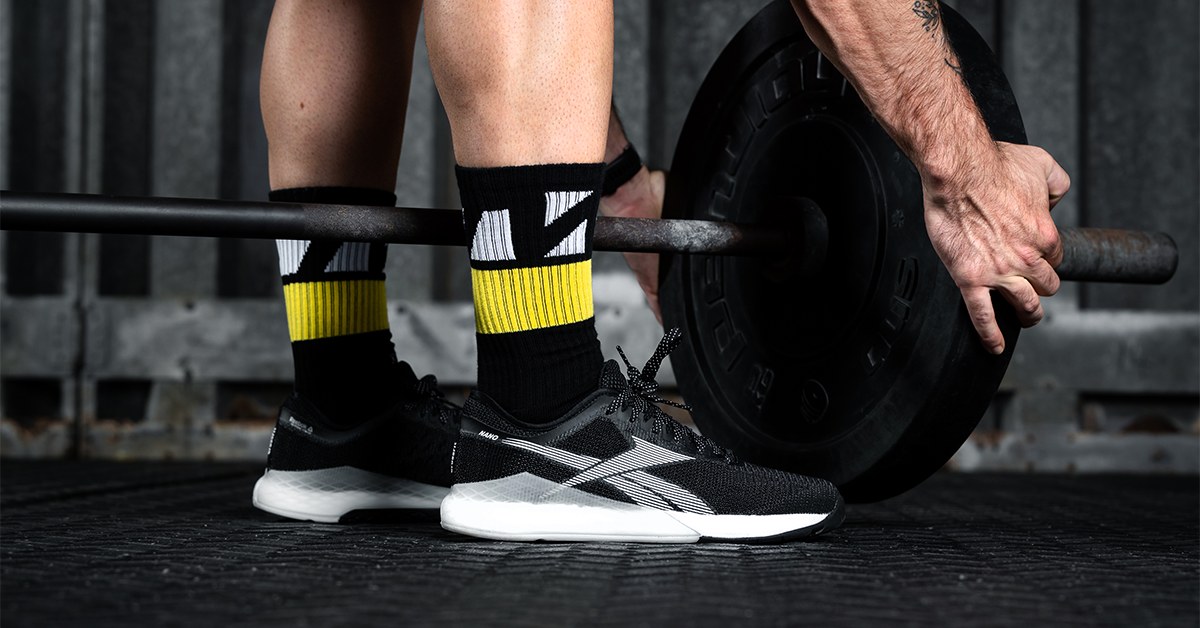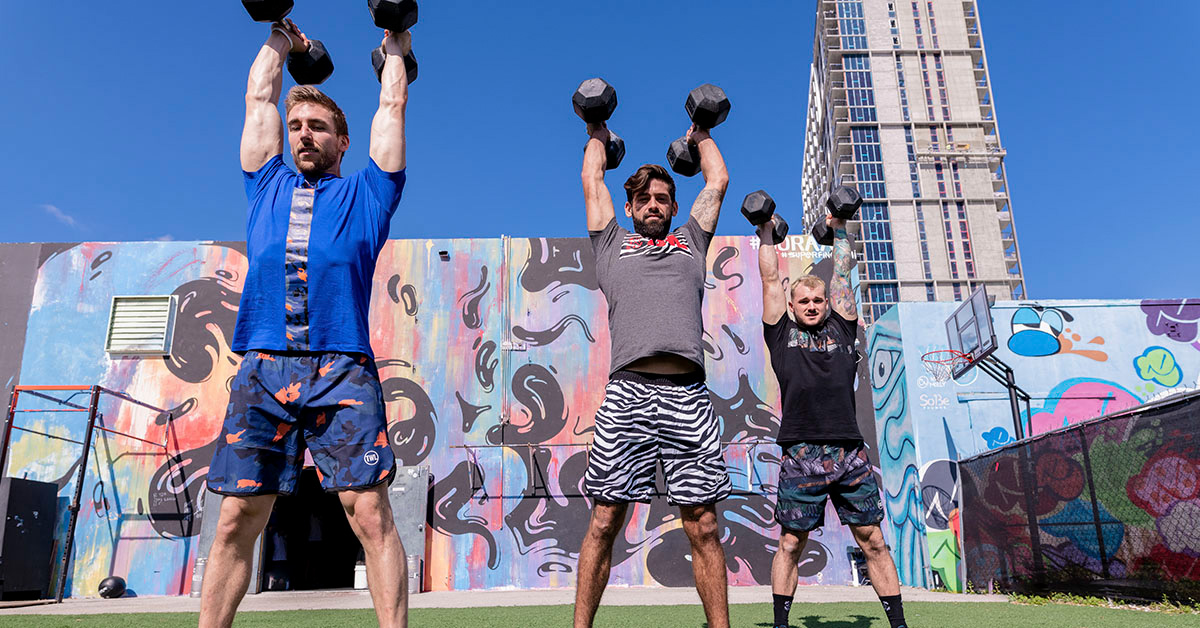You might be considering upping your programming to start training twice a day. But hold on! Before you double your sessions, we need to talk about this in more detail. Like most things in life, training twice a day has its own pros and cons. Let’s dive in.
Training Twice a Day: What You Need to Know First
When done strategically, this approach to training can work. But you need to know the pros and cons because going about it improperly could compromise your health.
Pros
Let’s keep this simple to start: Training twice a day means that you’re moving your body more! A less sedentary and more active lifestyle is almost always a good thing, especially if you’ve struggled with sitting too much in the past.
Also, you might see bigger results, faster. Doubling up on your sessions can accelerate muscle growth and speed up your strength gains. The reason why is simple: You’re spending more time stressing your muscles each day.
You might also find that in addition to accelerated muscle growth, your fat loss kicks up a notch. You likely already know that muscle burns more than fat. The more muscle you have on your frame, the faster your metabolism runs. This means that even at rest, your body is going to burn more calories.
View this post on Instagram
Essentially, training twice a day will take your results and deliver them to you in a shorter period of time.
But…
Cons
This wouldn’t be a fair discussion without covering the potential drawbacks of training twice a day, especially because it can be detrimental to your health.
Training breaks your body down. Rest is when it heals and gets stronger. If you don’t get the rest and recovery that your body needs, this approach will backfire. You might feel more run-down, but it can be much more serious than that. We’re talking about overtraining syndrome. The signs of overtraining include:
- Emotional instability
- Trouble sleeping
- Loss of appetite
- Constant soreness
- Fitness plateau or even a decrease in performance
Overtraining is serious. It’s not something you can overcome by simply catching up on sleep over the weekend or fitting in an extra nap. It can take months to recover.
Training twice a day can also increase your risk of injury, mainly if you’re pushing your body too hard with insufficient rest. Overworking the same muscles and bones can wreak havoc, wear them down, and make them more susceptible to strains, sprains, and tears. And if you’re not taking enough time to recover afterward, the risk is even greater.
Is there some inherent risk in training, period? Yes, but training twice a day can make you more vulnerable.
So, what do you do?
Still Considering Training Twice a Day?
Here’s the good news: You can absolutely make it work! But strategy is key.
First, we want you to ask yourself this very important question: “What do I want to train twice a day?”
Do you have your eyes set on competing? Do you just love working out? Awesome.
However, if this is coming from an unhealthy place, you might want to reconsider. For instance, if want to train more to “undo” the calories you’re eating or “outwork” a less-than-stellar diet, that’s not a good reason. (By the way, you can’t outwork a bad diet. This is a common nutrition myth.) Training isn’t your punishment for the way you eat. Read that again.
If you’re confident that you’re doing this for the right reasons, here are a few tips to help you go about it in a safe and effective manner.
View this post on Instagram
Adjust Your Nutrition Accordingly
If you’re training more, then you’re going to need to eat more. Otherwise, your body won’t have the fuel that it needs to rebuild and recover to become stronger. You will likely need to increase how much you eat of all three macronutrients (carbs, protein, and fat) — a nutritionist will be able to give you the specifics.
Doing this on your own? Simply aim to slightly increase your calories and take it from there. You can tell a lot by how your body responds to more food. Do you feel energetic, well-rested, and replenished? Great! If you feel sluggish or lethargic, go have another snack.
Aim to Rest for at Least Five Hours in Between Workouts
Don’t plan to do a workout, take a quick snooze, and then get right back to it. Your body needs time to recuperate before you hit the gym again. Many athletes opt to do a morning session and an evening one, to keep it simple.
Vary the Muscle Groups You’re Targeting
If you did heavy squats this morning, don’t do heavy squats again later today. Not only is it counterproductive (because those muscles will already be fatigued), but it’s can be dangerous.
Pay close attention to your knees, shoulders, hips, and back. Are they constantly sore? Are you abnormally tight, with more limited mobility? Does it hurt to do simple things like climb stairs or bring the groceries in? You’re going too hard!
Do Two Smaller Workouts — Not Two Full-Blown Ones
Training twice a day doesn’t mean that you take what you’re already doing and double it up. You should consider scaling back on each workout a little bit. Don’t go 100% on both. Instead, look at it as going maybe 80% for each workout.
Very importantly, we want to leave you with this: If training twice a day ever stops being fun and starts to feel like work, you need to pause and reconsider. Like we mentioned earlier, training shouldn’t feel like punishment. It also shouldn’t feel like a chore or a job. It should bring joy to your life and make you feel better!
Consider the reasons why you want to double up your training, follow these tips, and you’ll see the benefits while avoiding the risks.

















